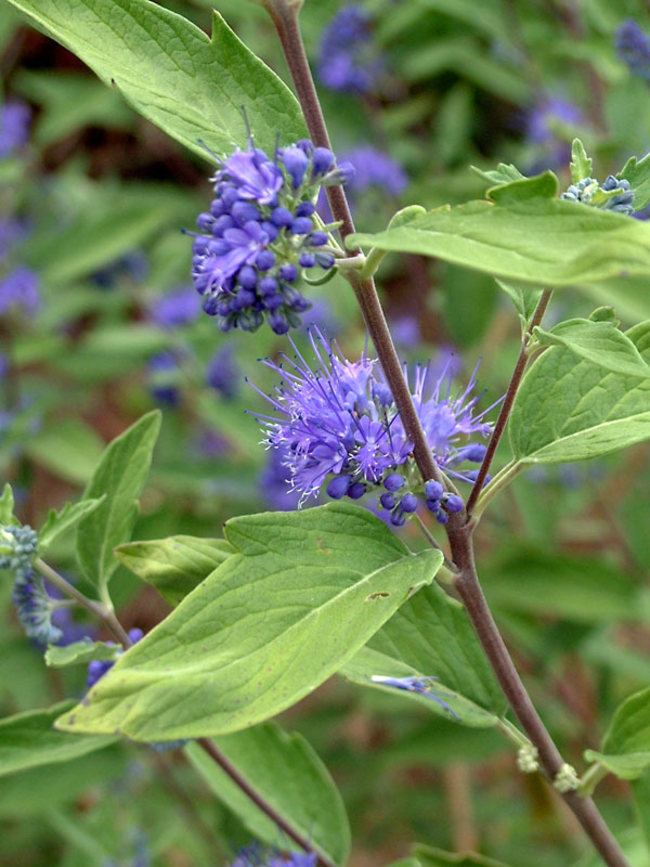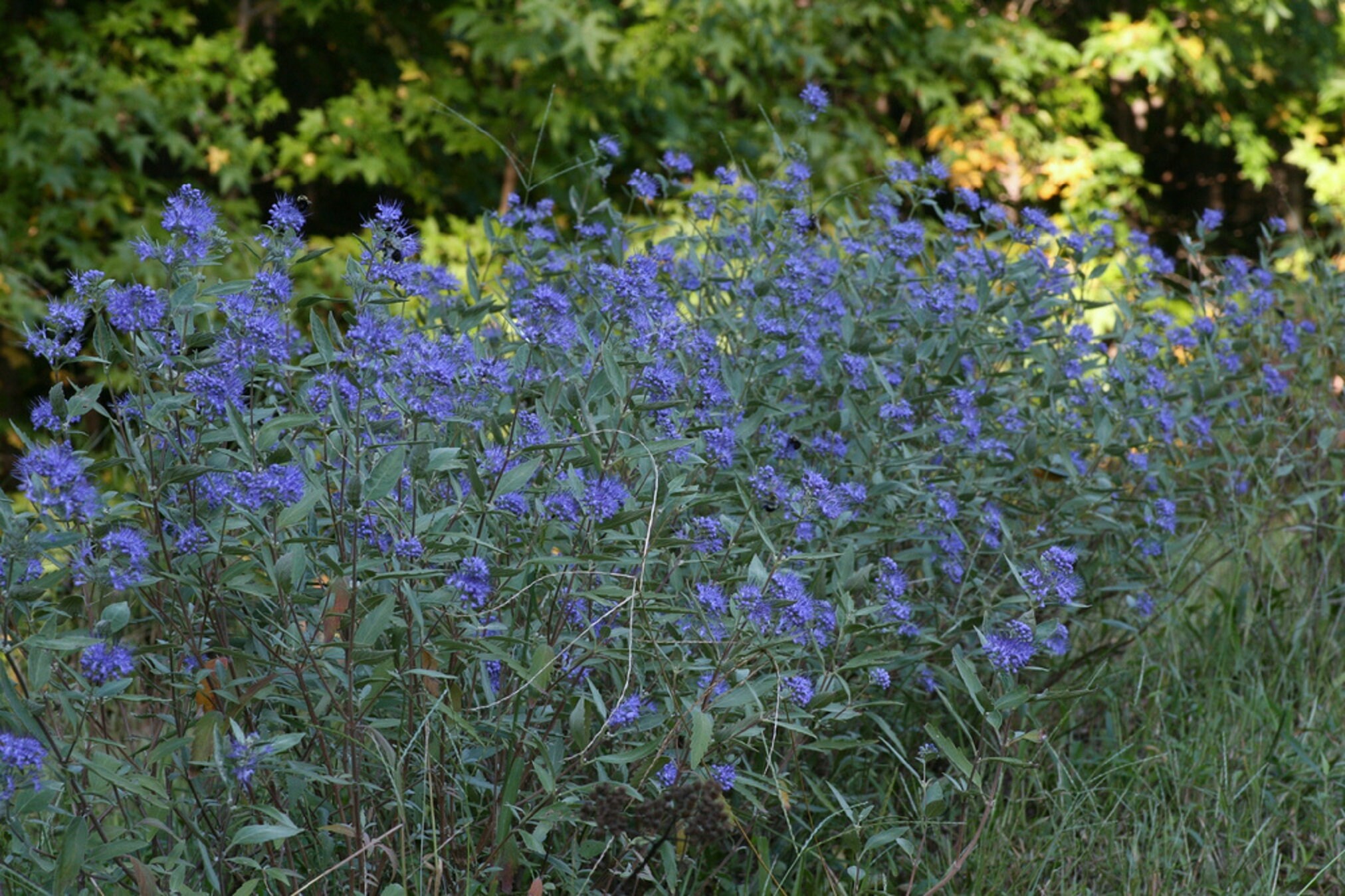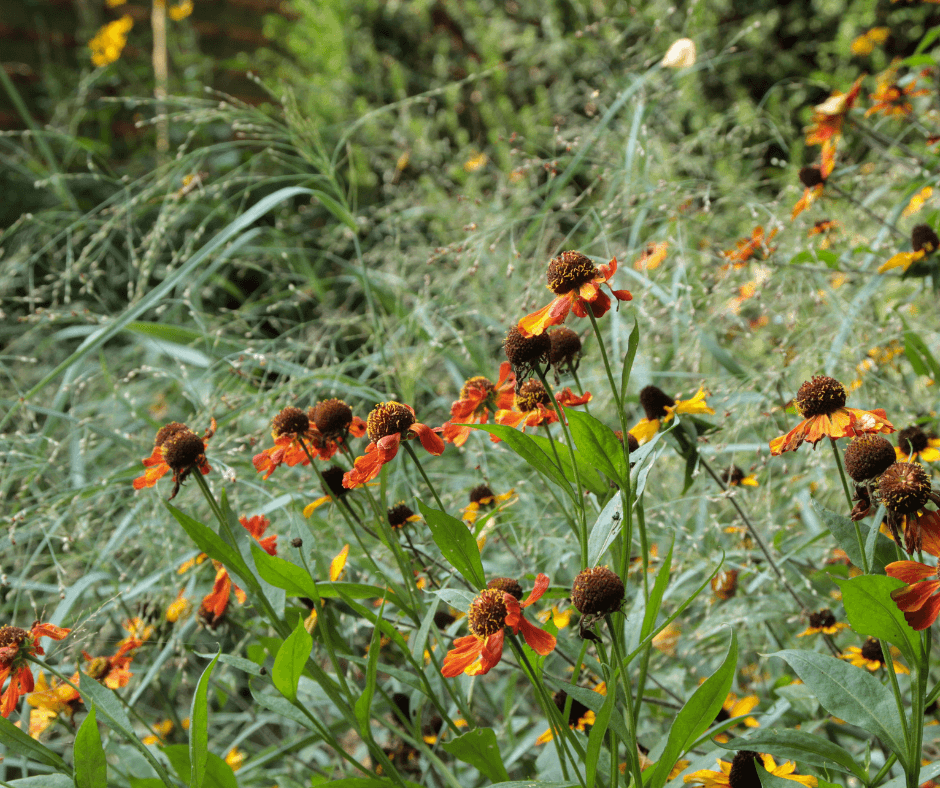Caryopteris Longwood Blue: The Bluebeard Shrub That Will
Caryopteris Longwood Blue is a beautiful, fragrant shrub that is perfect for adding color to your garden in the late summer and fall. It is also known as bluebeard or blue mist spirea, but it is not actually a spirea. Caryopteris is a member of the mint family, and it is native to Asia.
Main Content
Caryopteris Longwood Blue is a hardy shrub that can be grown in USDA zones 5-9. It prefers full sun and well-drained soil. The plant is drought-tolerant once it is established, but it will benefit from regular watering during the first year.
Caryopteris Longwood Blue blooms from midsummer to fall, and the flowers are a deep blue color. The flowers are fragrant, and they attract bees, butterflies, and other pollinators. The plant can also be grown for its foliage, which is silvery-green and has a spicy scent.
Caryopteris Longwood Blue is a relatively low-maintenance shrub. It does not need to be pruned often, but you can trim it back in the spring to keep it in shape. The plant can also be propagated by cuttings.
Here are some of the benefits of Caryopteris Longwood Blue:
- It is a beautiful, fragrant shrub that adds color to the garden in the late summer and fall.
- It is hardy and drought-tolerant.
- It attracts bees, butterflies, and other pollinators.
- It is relatively low-maintenance.
Here are some tips for growing Caryopteris Longwood Blue:
- Plant it in full sun and well-drained soil.
- Water it regularly during the first year.
- Fertilize it in the spring with a balanced fertilizer.
- Prune it back in the spring to keep it in shape.
Conclusion
Caryopteris Longwood Blue is a beautiful and versatile shrub that is perfect for adding color to your garden in the late summer and fall. It is hardy, drought-tolerant, and easy to care for. If you are looking for a new shrub to add to your garden, Caryopteris Longwood Blue is a great option.
Caryopteris longwood blue is a beautiful shrub that is perfect for adding color to your garden. It is easy to care for and blooms for a long period of time. If you are looking for a new shrub to add to your garden, I highly recommend Caryopteris longwood blue.
Here are some of the things that make Caryopteris longwood blue a great choice for your garden:
- It blooms from midsummer to fall, providing a much-needed burst of color in the late summer garden.
- The flowers are a deep violet-blue color, which is a rare and beautiful shade.
- The plant is easy to care for and is drought tolerant.
- It is deer resistant, so you don't have to worry about your plants being eaten.
- Butterflies love Caryopteris longwood blue, so it is a great way to attract pollinators to your garden.
If you are interested in learning more about Caryopteris longwood blue, I recommend visiting Garden Wiki. This website has a wealth of information about the plant, including growing tips, care instructions, and photos.
FAQ of caryopteris longwood blue
Q: What is Caryopteris Longwood Blue?
A: Caryopteris Longwood Blue is a shrub that is native to China. It is known for its blue flowers, which bloom in late summer and fall. Caryopteris Longwood Blue is a hardy plant that can tolerate a wide range of conditions. It is a good choice for gardens in USDA zones 5-9.
Q: How to care for Caryopteris Longwood Blue?
A: Caryopteris Longwood Blue is a relatively easy plant to care for. It prefers full sun and well-drained soil. Water the plant regularly, especially during the summer months. Fertilize the plant in spring and fall. Prune the plant in early spring to remove dead or damaged branches.
Q: How to propagate Caryopteris Longwood Blue?
A: Caryopteris Longwood Blue can be propagated from seed or cuttings. To propagate from seed, sow the seeds in the spring in a well-drained potting mix. Keep the soil moist but not soggy. The seeds will germinate in 2-4 weeks. To propagate from cuttings, take 4-6 inch cuttings in the spring or summer. Remove the bottom leaves from the cuttings and dip them in rooting hormone. Plant the cuttings in a well-drained potting mix and keep the soil moist. The cuttings will root in 2-4 weeks.
Q: What are the pests and diseases that affect Caryopteris Longwood Blue?
A: Caryopteris Longwood Blue is susceptible to a few pests and diseases, including aphids, spider mites, and powdery mildew. Aphids can be controlled with insecticidal soap or neem oil. Spider mites can be controlled with a miticide. Powdery mildew can be controlled by watering the plant regularly and avoiding overhead watering.
Q: How to use Caryopteris Longwood Blue in the garden?
A: Caryopteris Longwood Blue is a versatile plant that can be used in a variety of ways in the garden. It can be used as a border plant, a hedge, or a specimen plant. It is also a good choice for container gardening.
Image of caryopteris longwood blue
- Image 1: A close-up of a Caryopteris Longwood Blue flower, showing its deep blue color and feathery petals.

- Image 2: A full-plant shot of a Caryopteris Longwood Blue shrub, showing its upright growth habit and blue-green foliage.

- Image 3: A garden bed with several Caryopteris Longwood Blue shrubs in bloom, providing a splash of blue color.

- Image 4: A bouquet of Caryopteris Longwood Blue flowers, arranged in a vase.

- Image 5: A single Caryopteris Longwood Blue flower, resting on a white tablecloth.

Post a Comment for "Caryopteris Longwood Blue: The Bluebeard Shrub That Will"